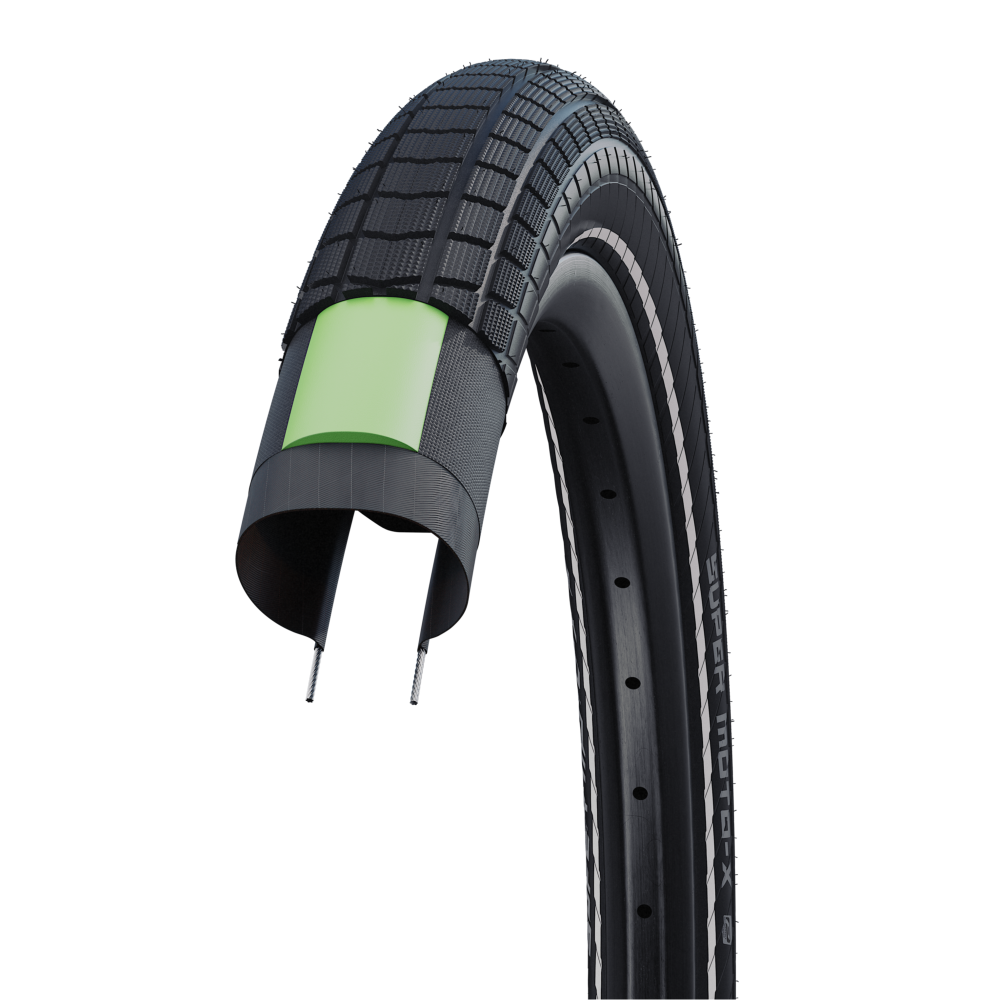reed scott
Well-Known Member
As of now I'm choosing 3 inch tires and 2.8 inch as I don't ride in areas that might require 4 or 5 inch tires. But those who do prefer fat tires often acclaim the better ride qualities of them. Seems to me 3 inch tires are still pretty fat. I've never ridden anything more than 2 inch tires. I'm wondering if those who can compare and contrast the possible differences could give their opinions having experience with both sizes?
I've read many posts by those who ride in sand, snow and mud and I grasp those preferences. I'm really more interested in the differing qualities experienced on hard or firm surfaces and not technical single track either as I'm too old to do that stuff. I do ride on dirt roads that can be pretty rough and mildly rocky.
I've read many posts by those who ride in sand, snow and mud and I grasp those preferences. I'm really more interested in the differing qualities experienced on hard or firm surfaces and not technical single track either as I'm too old to do that stuff. I do ride on dirt roads that can be pretty rough and mildly rocky.



